- DroidAfrica
- Gadgets
- Solana Mobile
- OSOM Solana Saga
OSOM Solana Saga

OSOM Solana Saga Highlights and Overview
The OSOM Saga smartphone is from Solana Mobile, a subsidiary of Solana Labs. It is a Crypto-centric mobile device that comes with a built-in Seed Vault that stores it private keys in the phone’s hardware. It comes with a customize dApp that allows you to authenticate transactions using the phones rear fingerprint scanner.

Hardware wise, the OSOM Solana Saga takes it processing prowess from Qualcomm Snapdragon 8+ Gen1 CPU, clocked at 3.2GHz, along with Adreno 730 GPU. It is offered in a 6.67-inches AMOLED screen with with a dotted notch on the head.
The Crypto-centered device comes with two camera lenses on the rear; a 50-megapixel main camera and a 12-megapixel ultrawide lens, leaving a 16-megapixel selfie camera on the front.
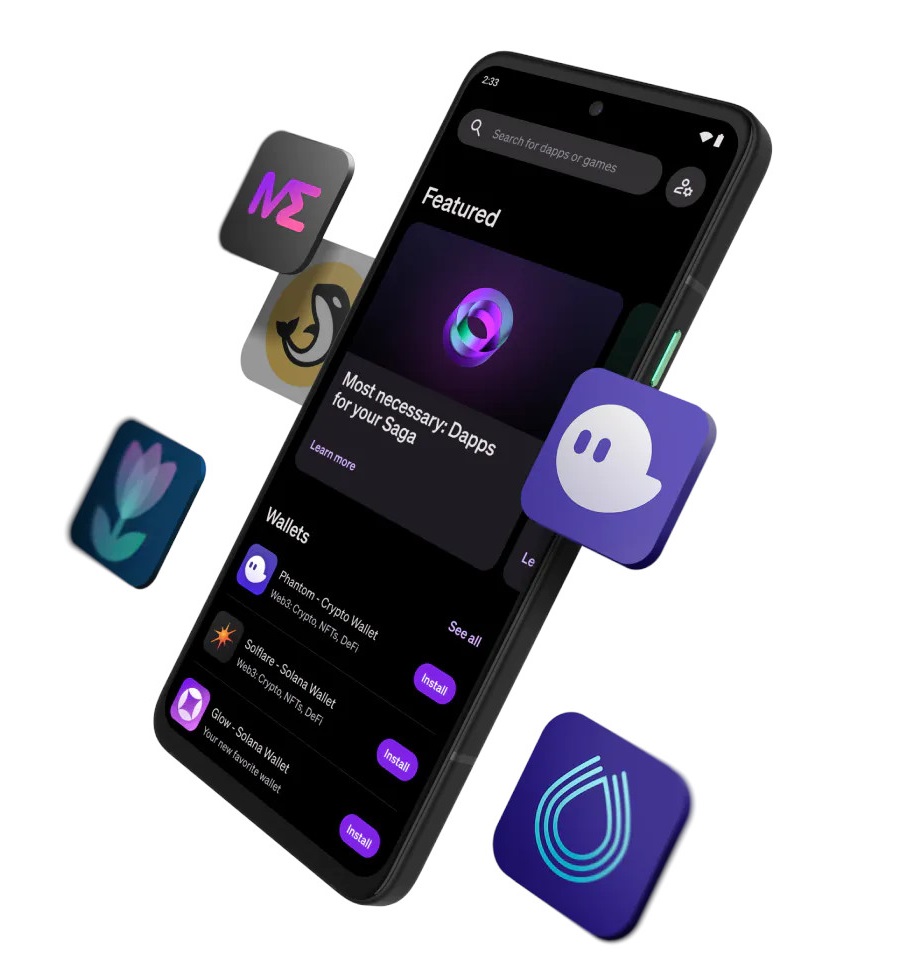
As you would expect, the device is both 4G and 5G enabled, and it is powered by a 4110mAh battery with both wired and wireless fast charging. It is also IP68 certified for dust and water resistance, while Google Android 13 is available out of the box. The full specs of OSOM Solana Saga is contained in the table below.
OSOM Solana Saga Full Specifications and Features
NETWORK
| Technology | GSM / CDMA / HSPA / EVDO / LTE / 5G |
| 2G Network Bands | GSM 850 / 900 / 1800 / 1900 - SIM 1 and SIM 2 |
| 3G Network Bands | HSDPA HSDPA 800 / 850 / 900 / 1700(AWS) / 1900 / 2100 |
| 4G Network Bands | LTE band 1, 2, 3, 4, 5, 7, 8, 12, 17, 18, 19, 26, 34, 38, 39, 40, 41, 42 |
| 5G Network Bands | 5G band 1, 3, 5, 8, 28, 38, 40, 41, 77, 78, 79 SA/NSA |
| Speed | HSPA 42.2/5.76 Mbps, LTE-A, 5G |
LAUNCH
| Also Known As |
- - |
BODY
| Dimensions | 164 x 75.3 x 8.4 mm |
| Weight | 247 grams |
| Build | Glass front / Ceramic back / Stainless steel frame |
| SIM Type | Dual SIM (Nano-SIM, dual stand-by) |
DISPLAY
| Display Type | AMOLED touchscreen / 16M colors / 120Hz refresh |
| Size | 6.67 inches, (84.6% screen-to-body ratio) |
| Resolution | 1080 x 2400 pixels, 20:9 ratio (411 ppi density) |
PLATFORM
| Operating System | Android 13 |
| Chipset | Qualcomm SM8450 Snapdragon 8+ Gen1 (4 nm) |
| CPU | Octa-core (1x3.2GHz Cortex-X2 & 3x2.50 GHz Cortex-A710 & 4x1.80 GHz Cortex-A510) |
| GPU | Qualcomm Adreno 730 |
MEMORY
| RAM + ROM | 12GB + 512GB |
| Card Slot | Yes, up to 512 GB via microSD card |
MAIN CAMERA
| Camera Type | Double Lenses |
| Camera Sensor(s) |
Main: 50MP, f/1.8, PDAF Ultrawide: 12MP, f/2.2, 117˚ FoV |
| Camera Features | PDAF, Autofocus, Digital zoom, Panorama, HDR, Touch focus, Face detection, gyro-EIS |
| Video Resolution | 4K@30/60fps, 1080p@30/60/120fps |
SELFIE CAMERA
| Camera Type | Single Lens |
| Camera Sensor(s) | 16-megapixel punch hole camera |
| Camera Features |
FaceID, Face beautification, HDR |
| Video Resolution | 1080p@30/60fps, 720p@120fps |
SOUND
| Loudspeaker | Yes, with stereo speakers |
| Speaker Location | Placed at the basement and top |
| Audio Jack Type | No |
CONNECTIVITY
| Bluetooth | Bluetooth 5.2, A2DP, LE |
| NFC | |
| GPS | Yes, with A-GPS. Up to tri-band: GLONASS |
BATTERY
| Battery Capacity | Non-removable Li-Po 4110mAh battery |
| Wireless Charging | Yes (unknown speed) |
OTHER FEATURES
| Sensors | Fingerprint (side-mounted), accelerometer, proximity, compass |
| Box Contents | Charging Brick / USB cable |
OSOM Solana Saga User Reviews and Opinions
Disclaimer Note
This specification was entered manually, hence we CANNOT guarantee 100% accuracy. Any error? Let us know in the comment section.










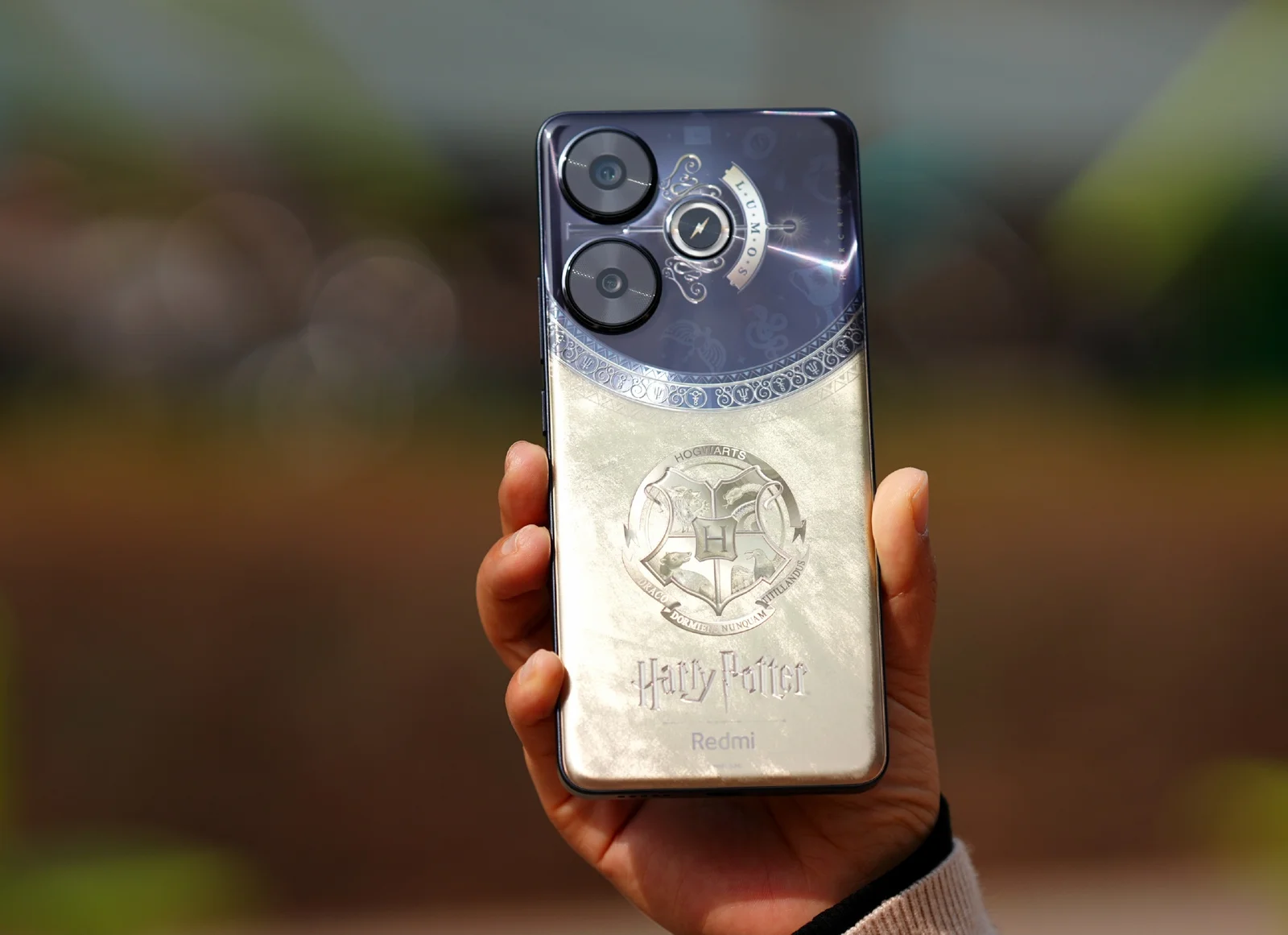
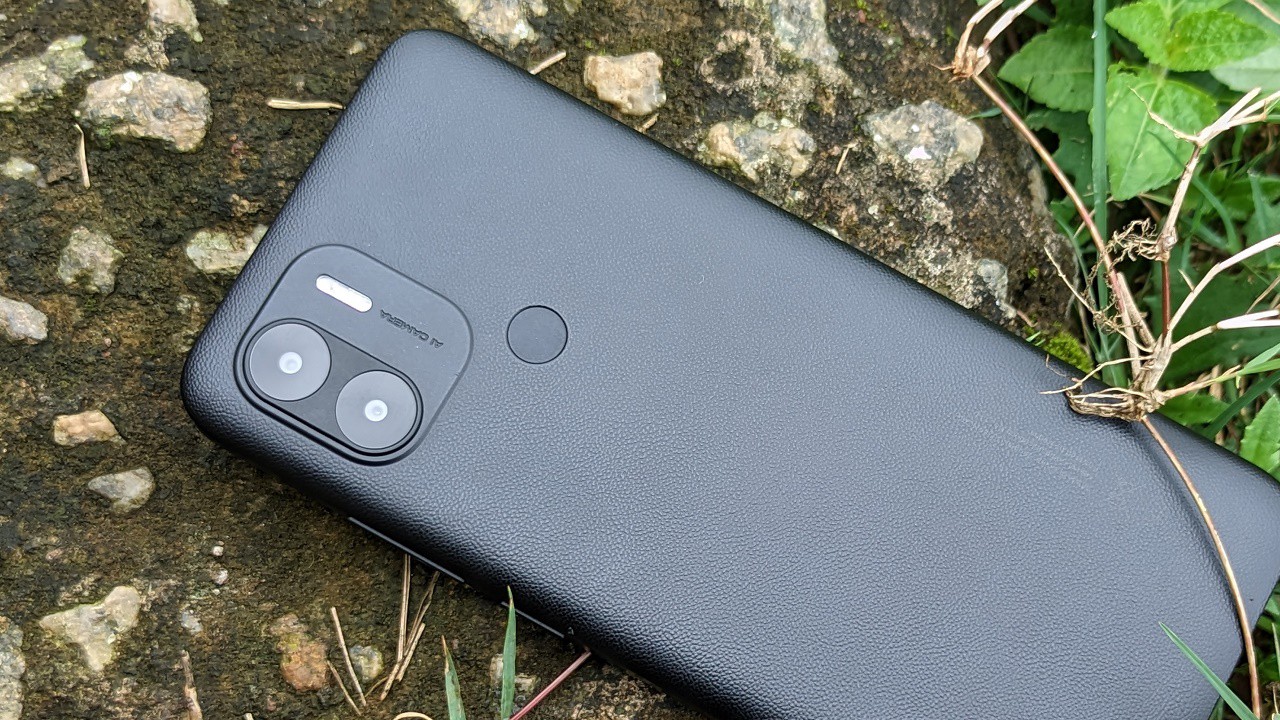
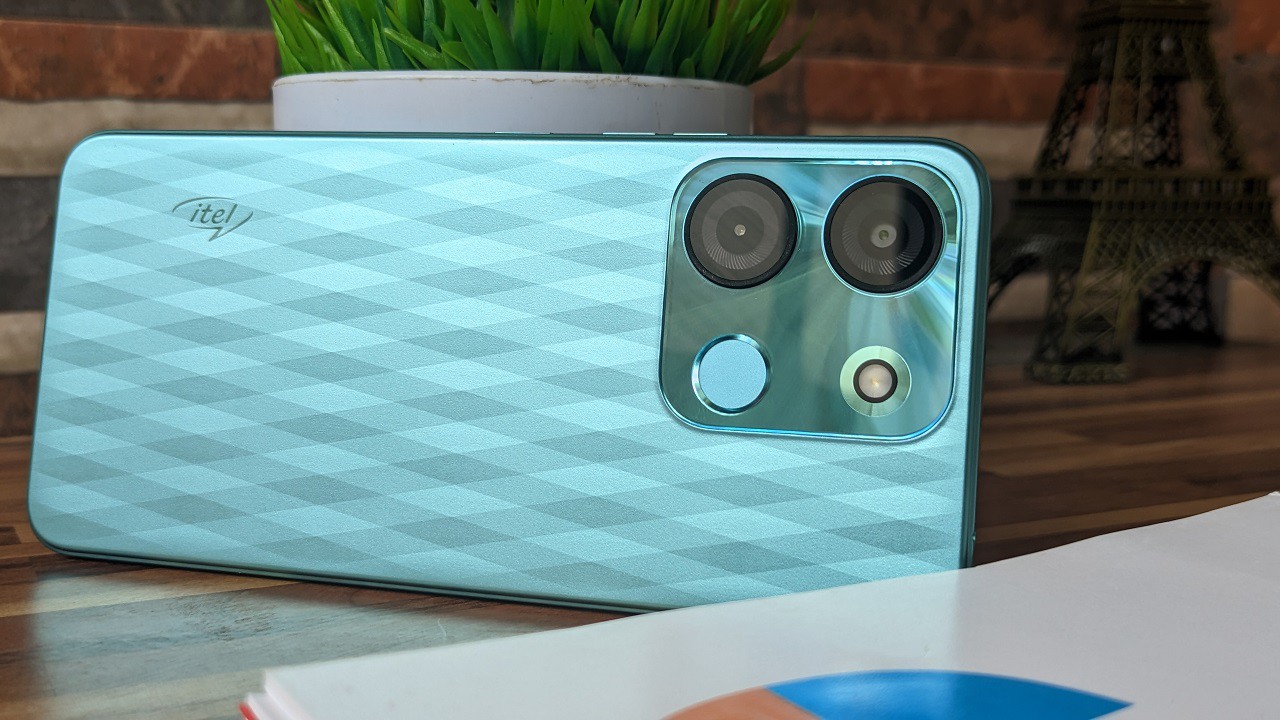
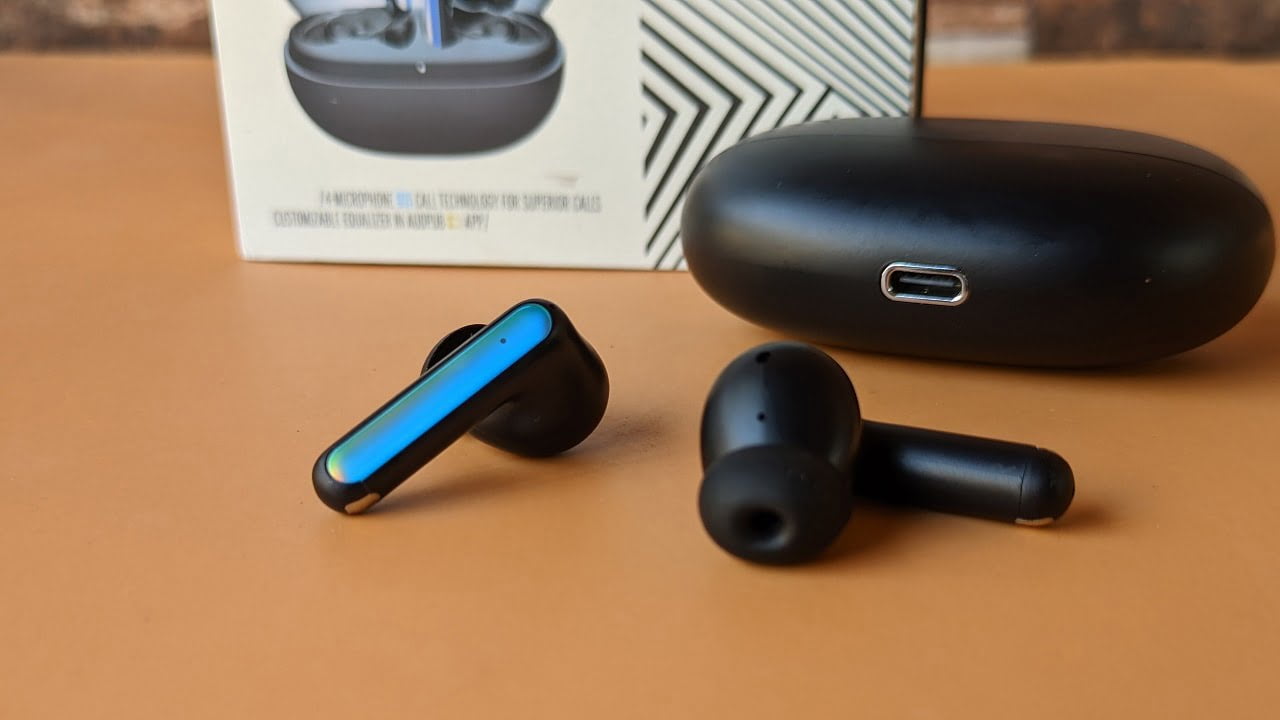
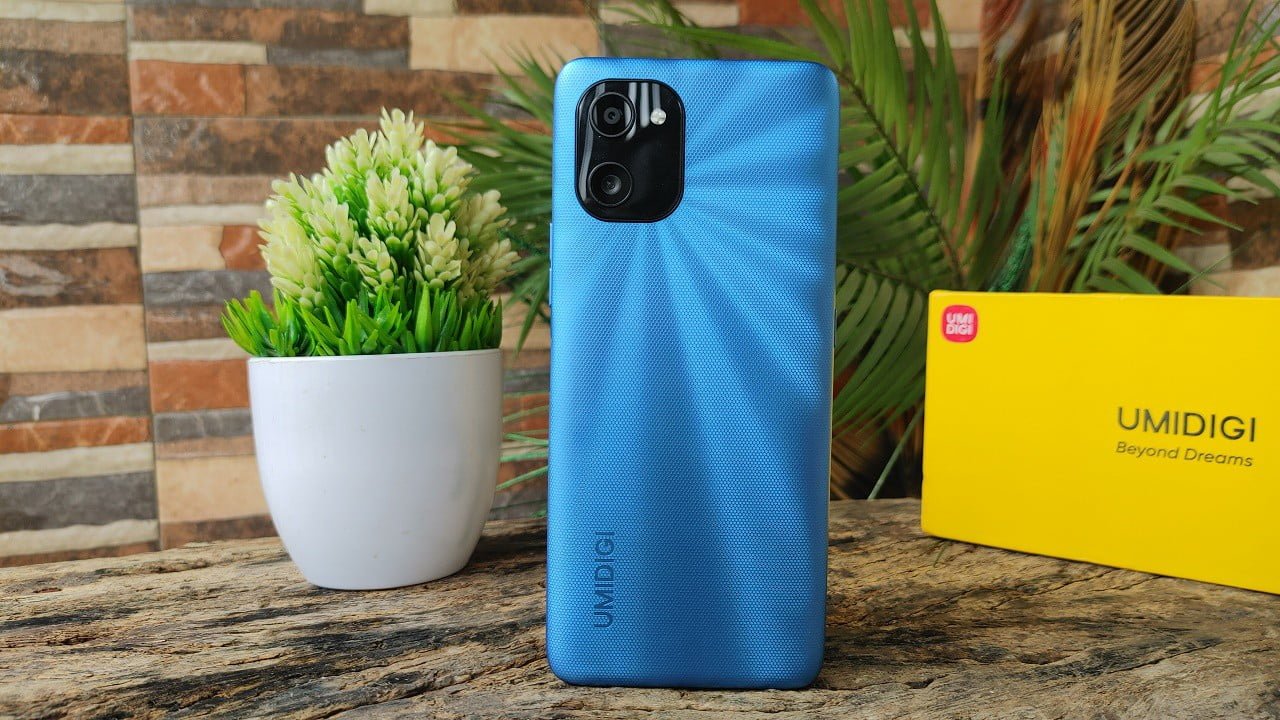
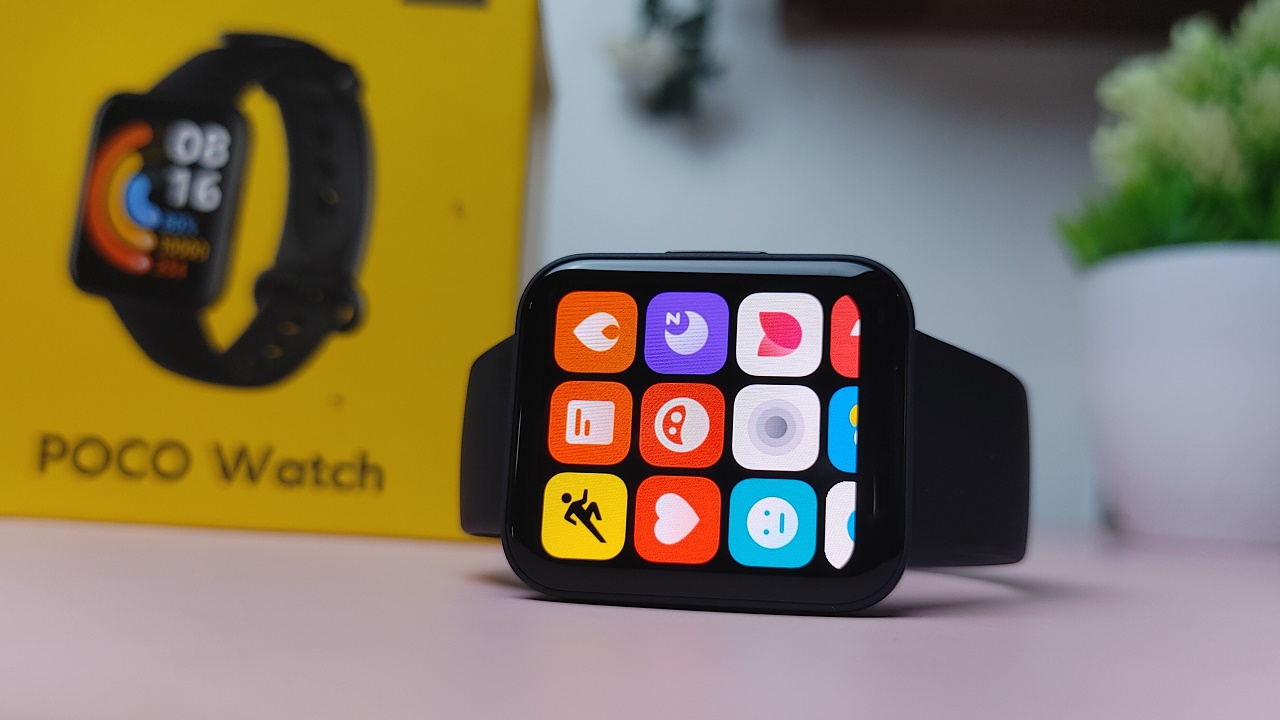
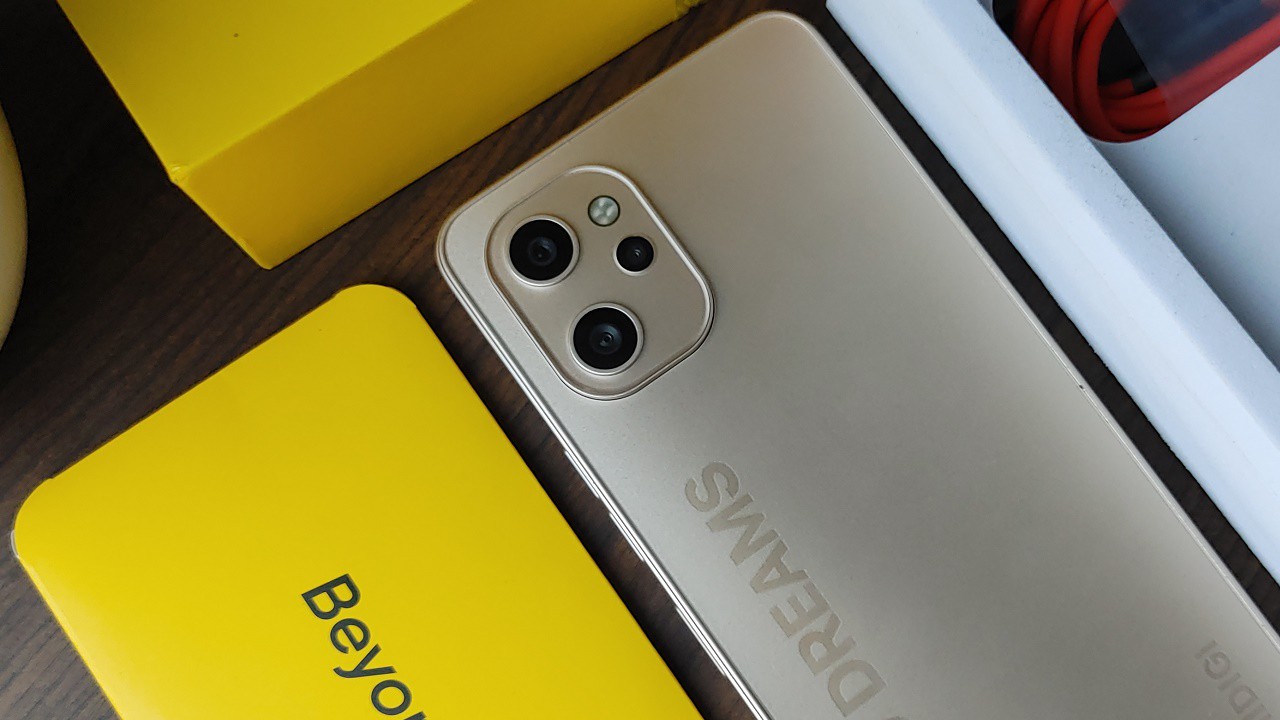
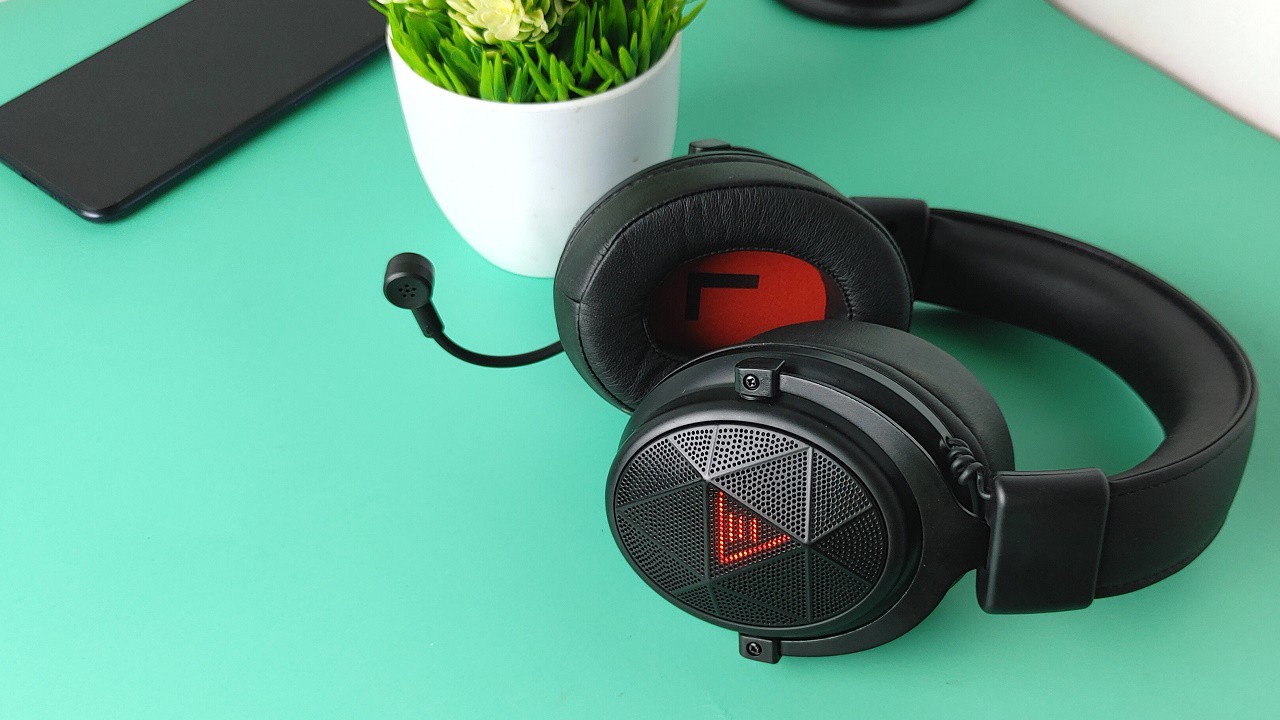
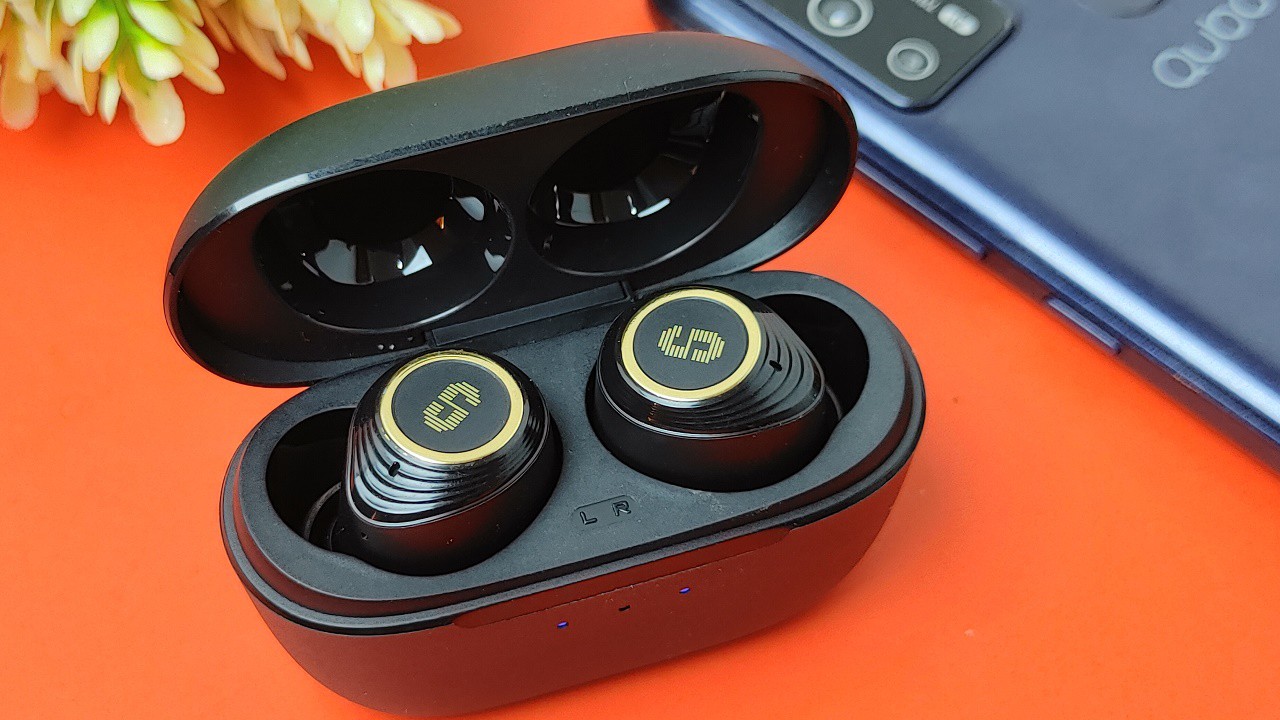
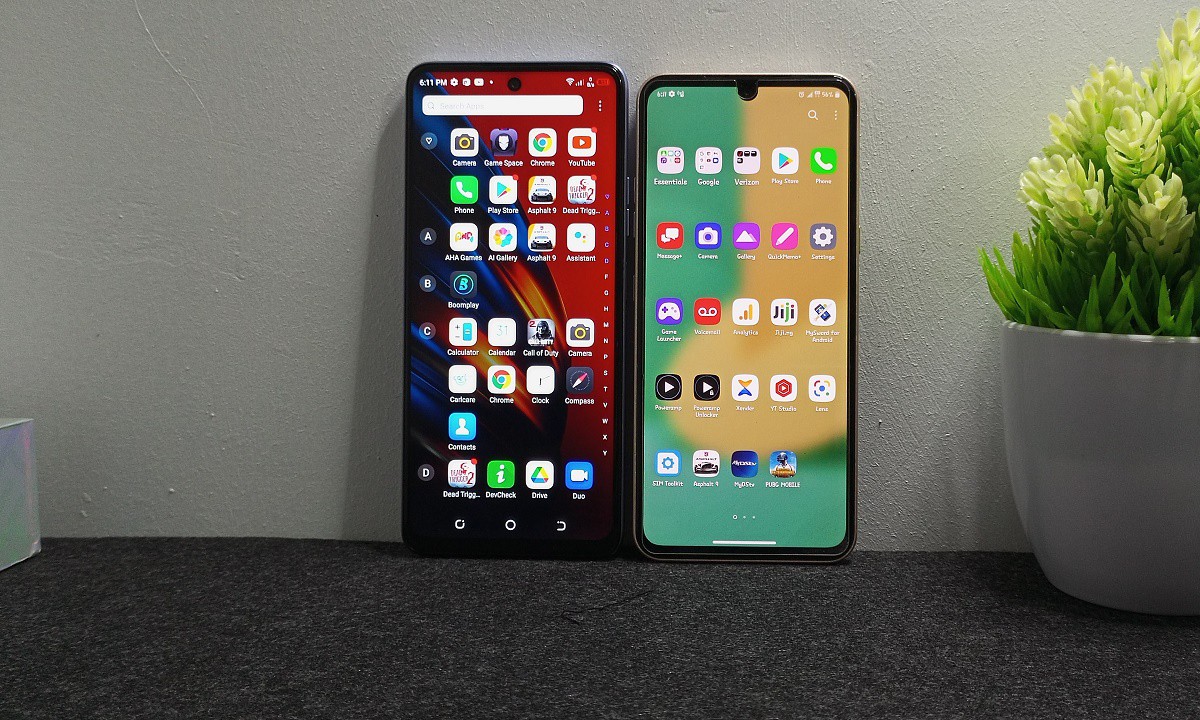

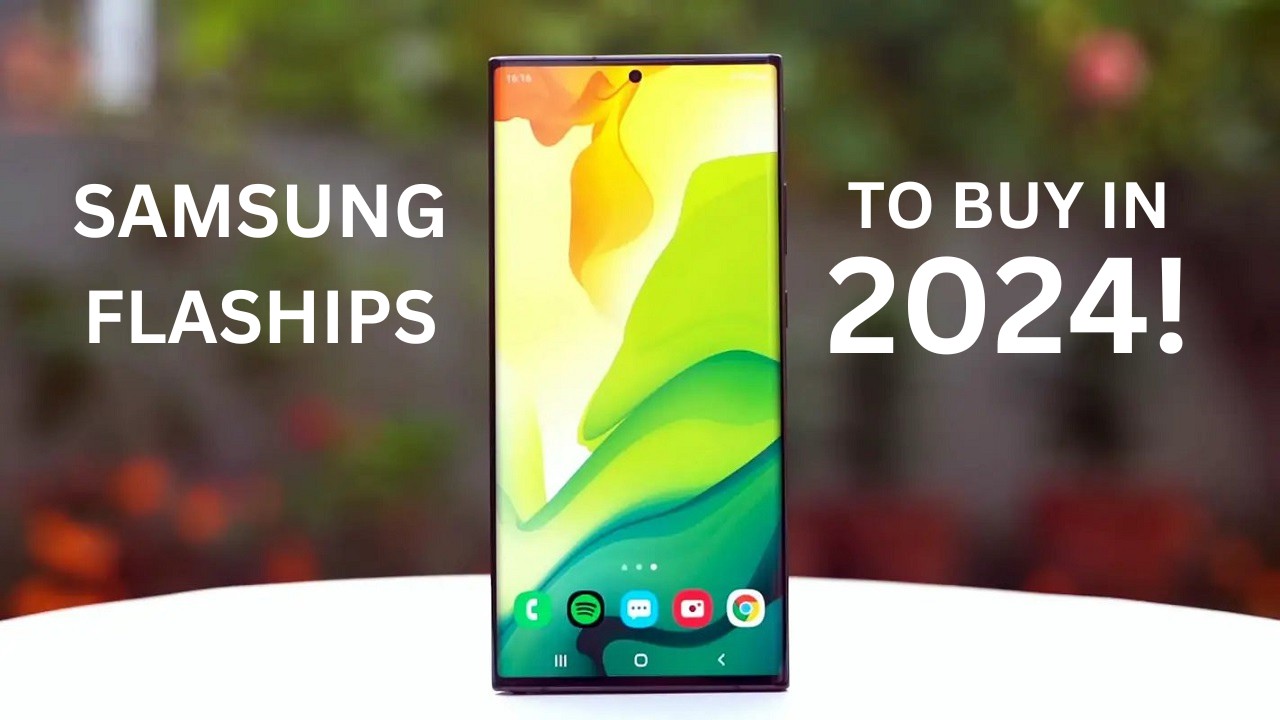
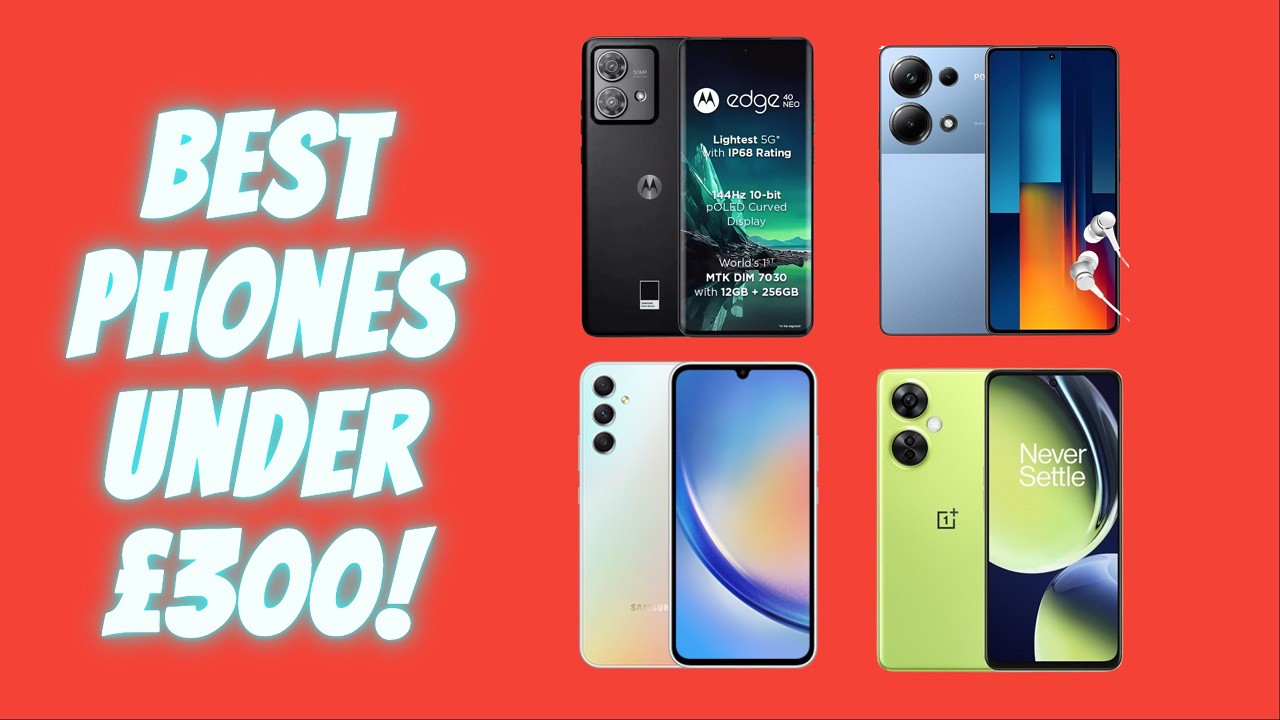

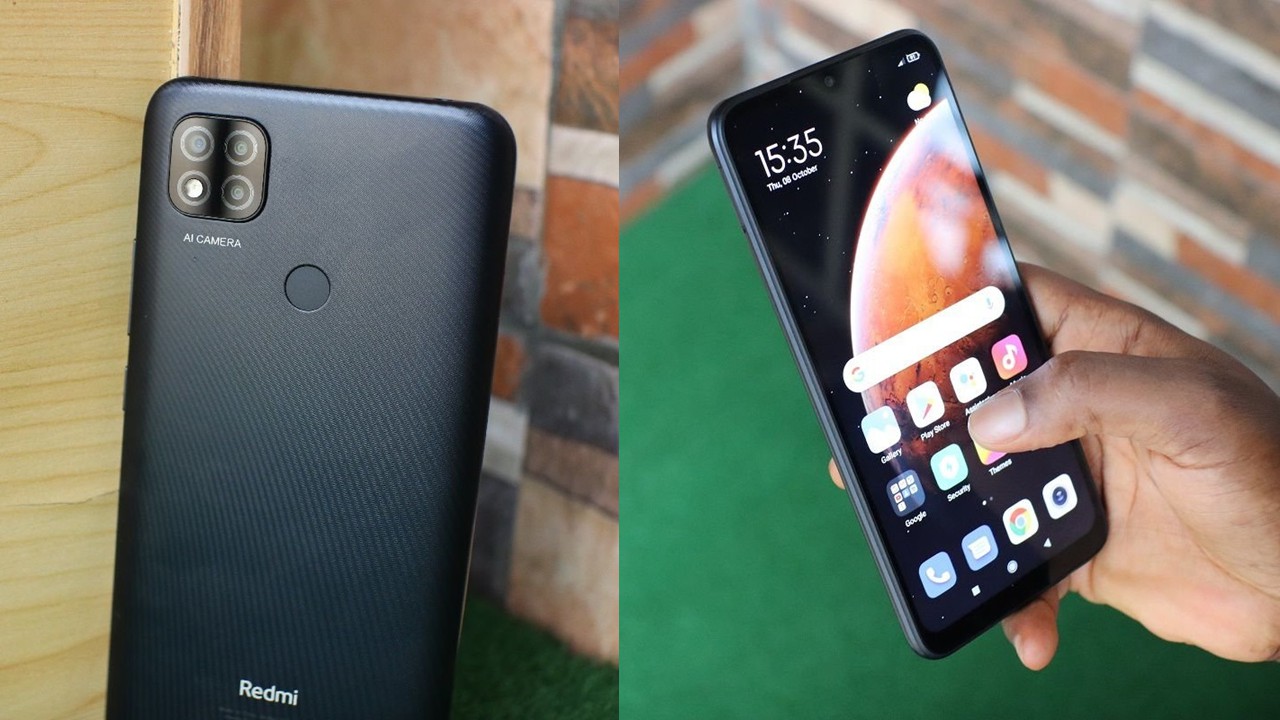
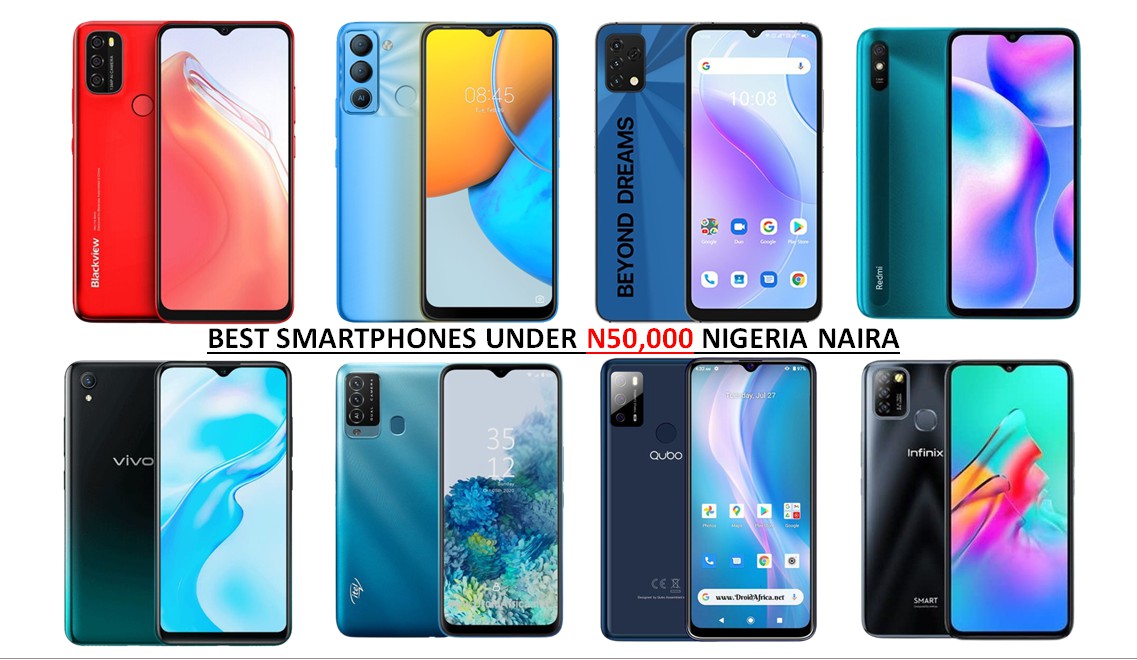
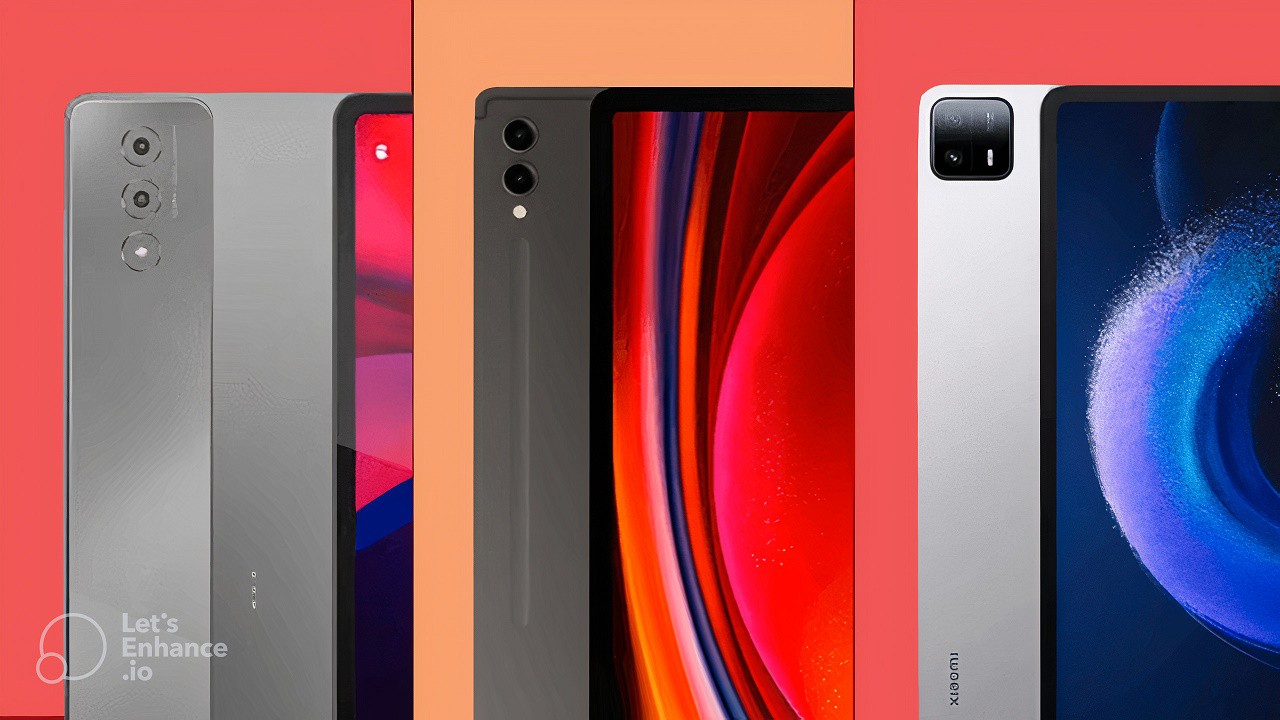
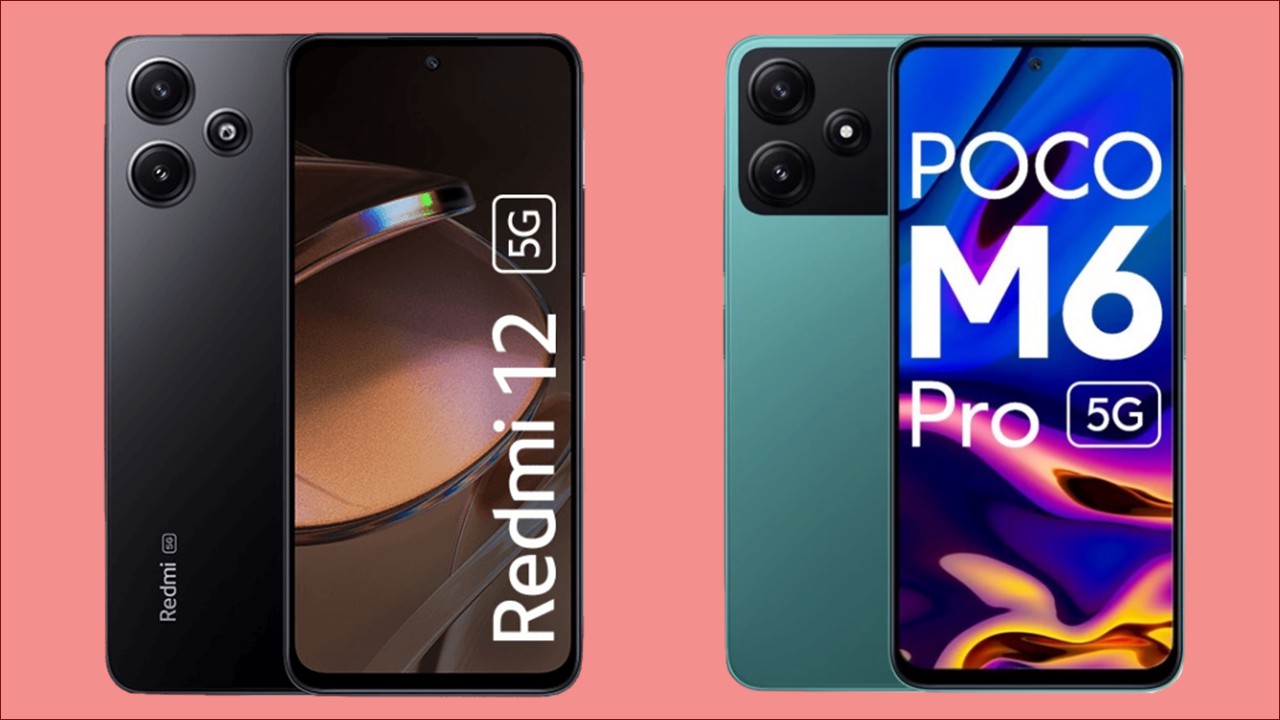
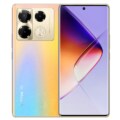
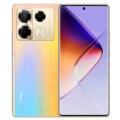
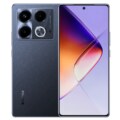
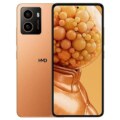
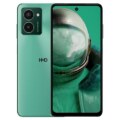


Leave a Reply